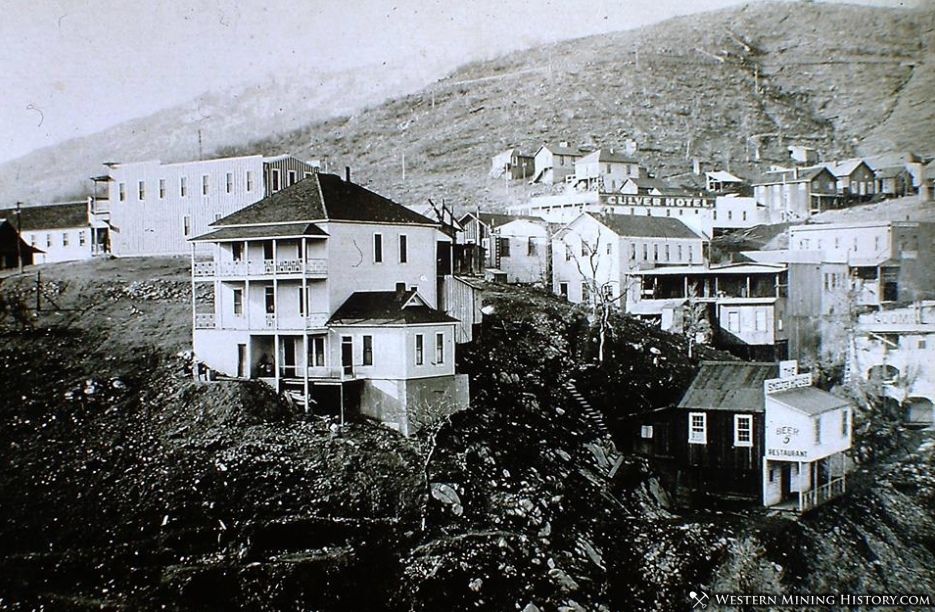Coram History
The Balaklala copper deposit on West Squaw Creek was discovered before 1890, and although some production is mentioned starting in 1895, the property was not fully developed until Eastern investors purchased it in 1902. The new owners built a smelter about four miles east of the mine, at the site that became the town of Coram.
Construction of the smelter began in the summer of 1906, with an order placed for one million bricks to build its massive smokestack. By the end of the year, the town—named for Joseph Coram, one of the owners of the Balaklala Mine & Smelter Company—had a post office, electric power, and telephone service.
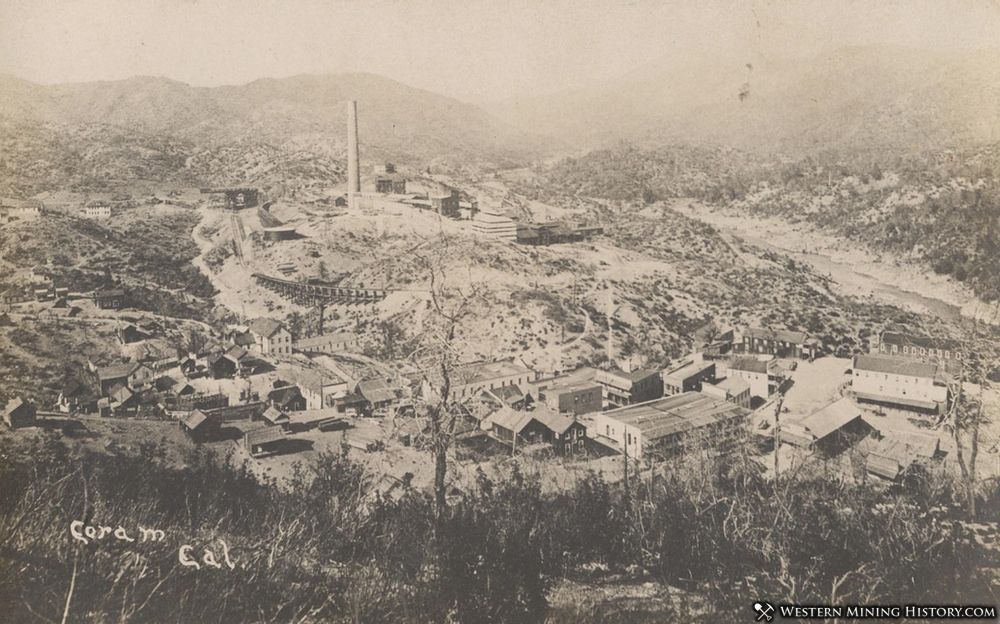
The settlement at the mine, known as Kimberly, was connected to the Balaklala smelter at Coram by a 4.5-mile aerial tramway that carried copper ore down from the mine. Work on the tram began in March 1907. At the peak of construction, over 1,000 men were employed between the mine, tram, and smelter projects.
In October 1907, a crash in copper prices forced work on the project to be suspended until the following summer. On October 20, 1908, the smelter was finally completed and processed its first ore from the mine.
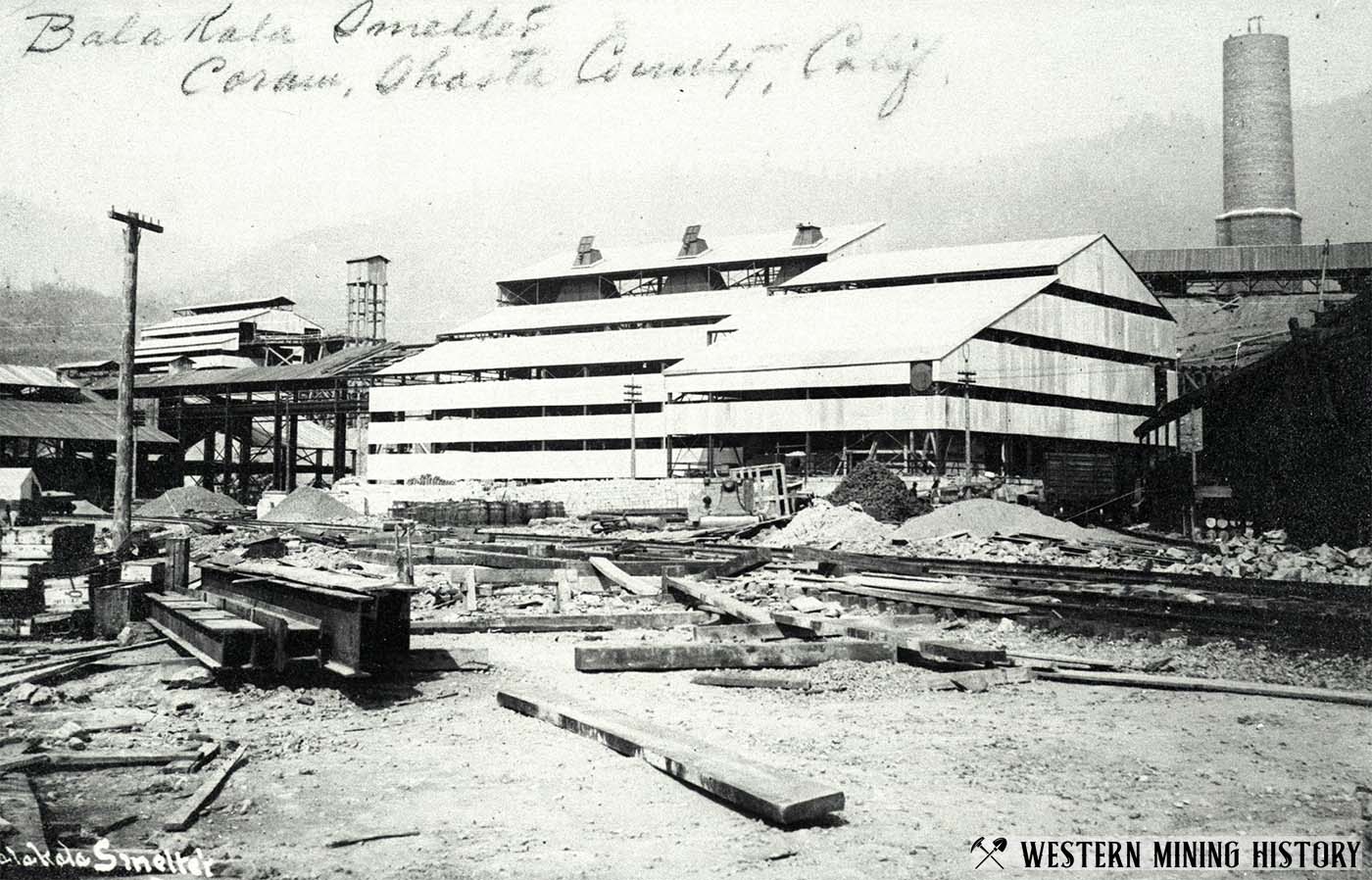
At its peak during the construction of the smelter, Coram had a population of up to 2,000 residents, supported by 23 saloons, numerous gambling halls, several boarding houses, three hotels, two butcher shops, a hospital, a railroad depot, and various other businesses. By 1910 the population had dwindled to 700 residents.
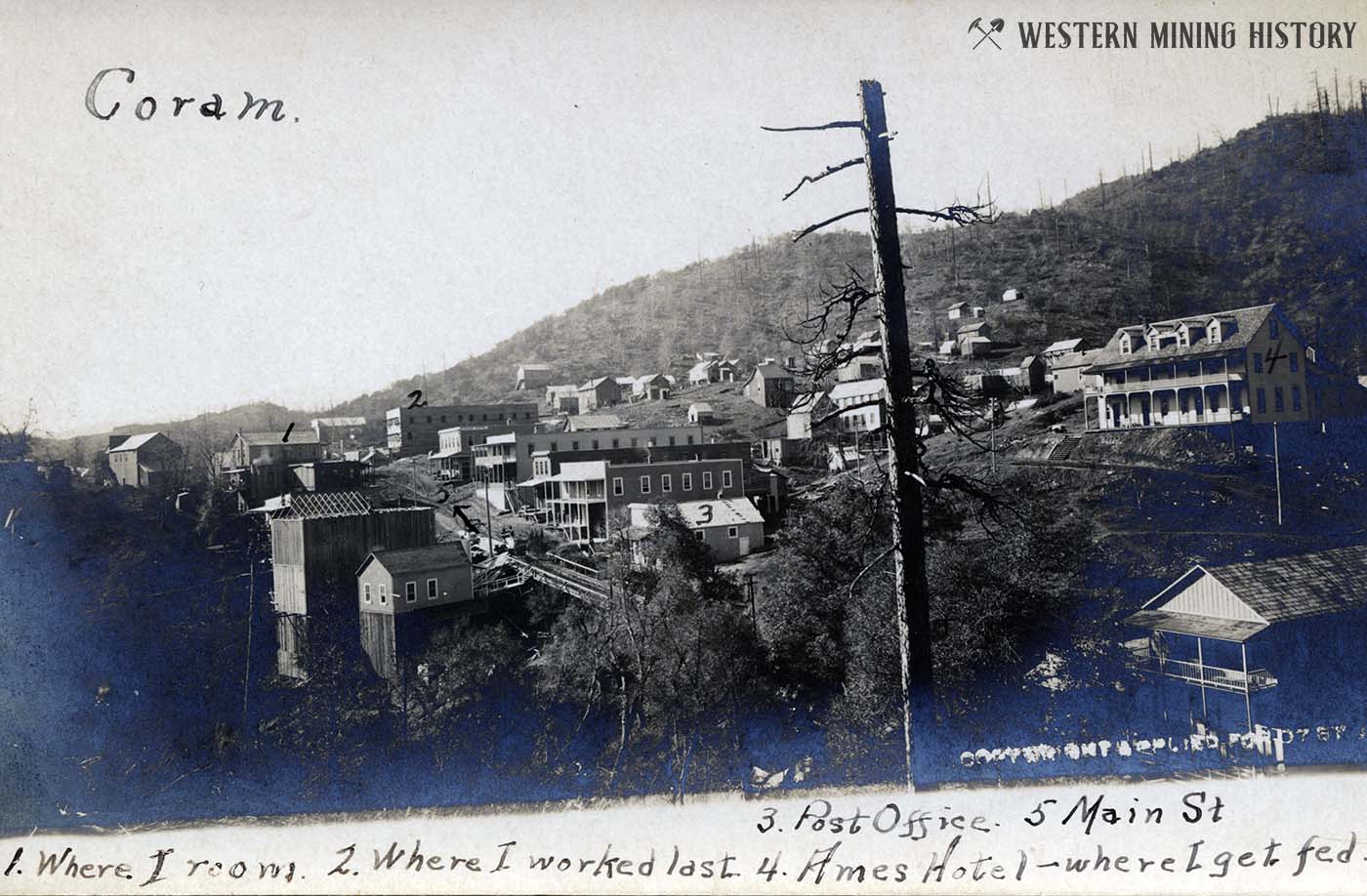
Coram is located on what is known as the Shasta Copper Belt, a region with many mines and several large smelters. The high sulfur content of the ores, combined with the mountainous terrain that caused smelter smoke to settle in valleys, caused widespread devastation of plant life in the area. The first lawsuit against a smelter was filed in November 1901, with more following in subsequent years. At the time, courts were largely unsympathetic, and the cases went nowhere until 1911, when an injunction against the Balaklala smelter finally forced it to shut down.
Following the closure, the Balaklala company attempted to implement systems to reduce harmful emissions, and the smelter operated only sporadically during this period. In July 1913, the original 250-foot smokestack—described as “crumbling to pieces”—was demolished and replaced with a new one. Efforts to control emissions ultimately failed, and the smelter permanently shut down in 1914.
Ore from the Balaklala mine was still trammed to Coram, where it was loaded onto rail cars and shipped to distant smelters. The Balaklala mine continued to operate sporadically until 1928.
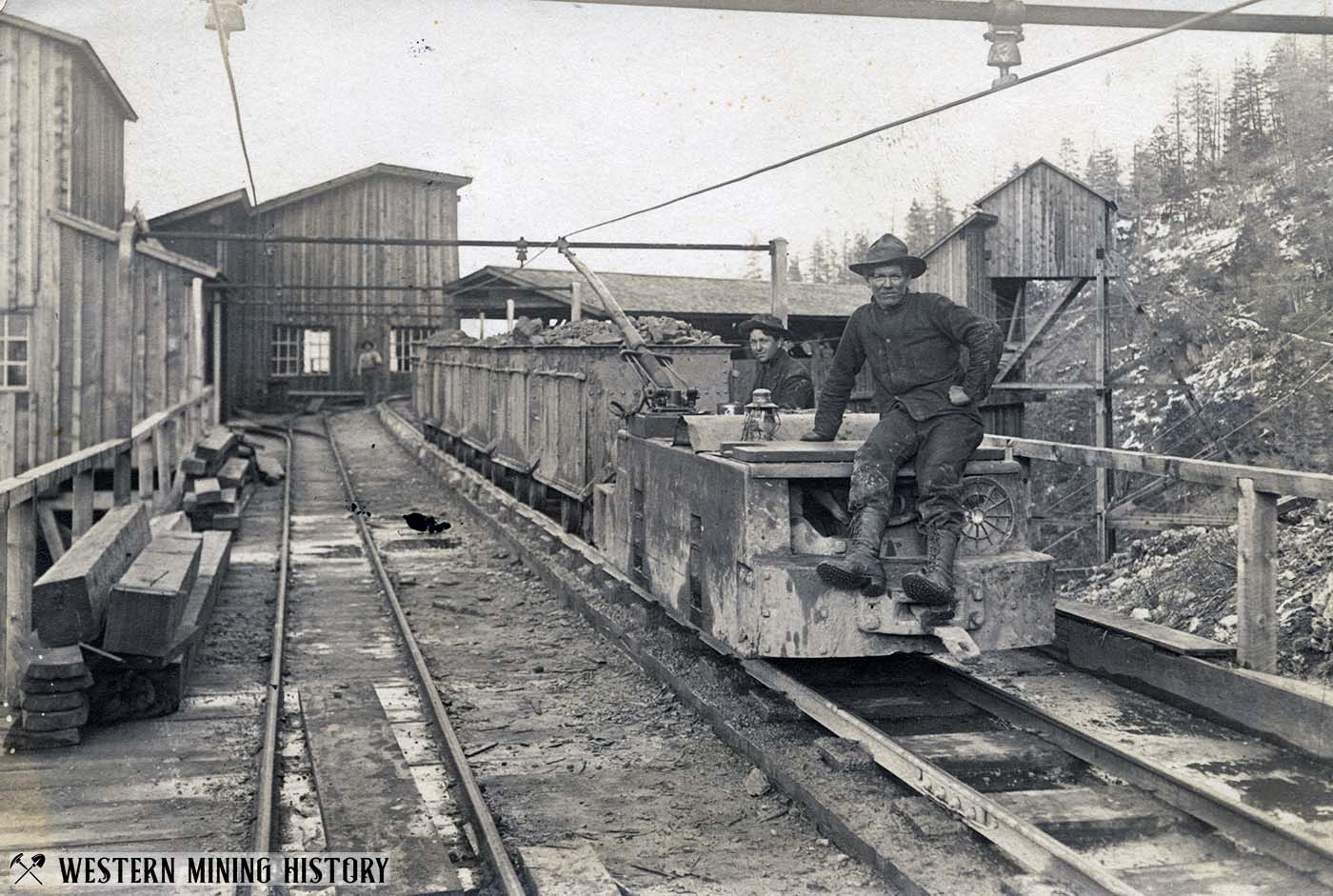
By May of 1918, Coram had just 13 registered voters, one saloon, and no remaining stores. The city voted unanimously for disincorporation. In 1920, the Bully Hill Mining Company purchased the Balaklala smelter building and dismantled it to salvage its structural steel. In 1926 the second smelter stack was demolished.
In the late 1930s, Coram served as a staging point for the construction of Shasta Dam. Once the dam was completed in 1944, the town again fell into obscurity.
Today, Coram is the location of a few private homes and a private resort on Keswick Reservoir.
It All Started With The Gold Rush
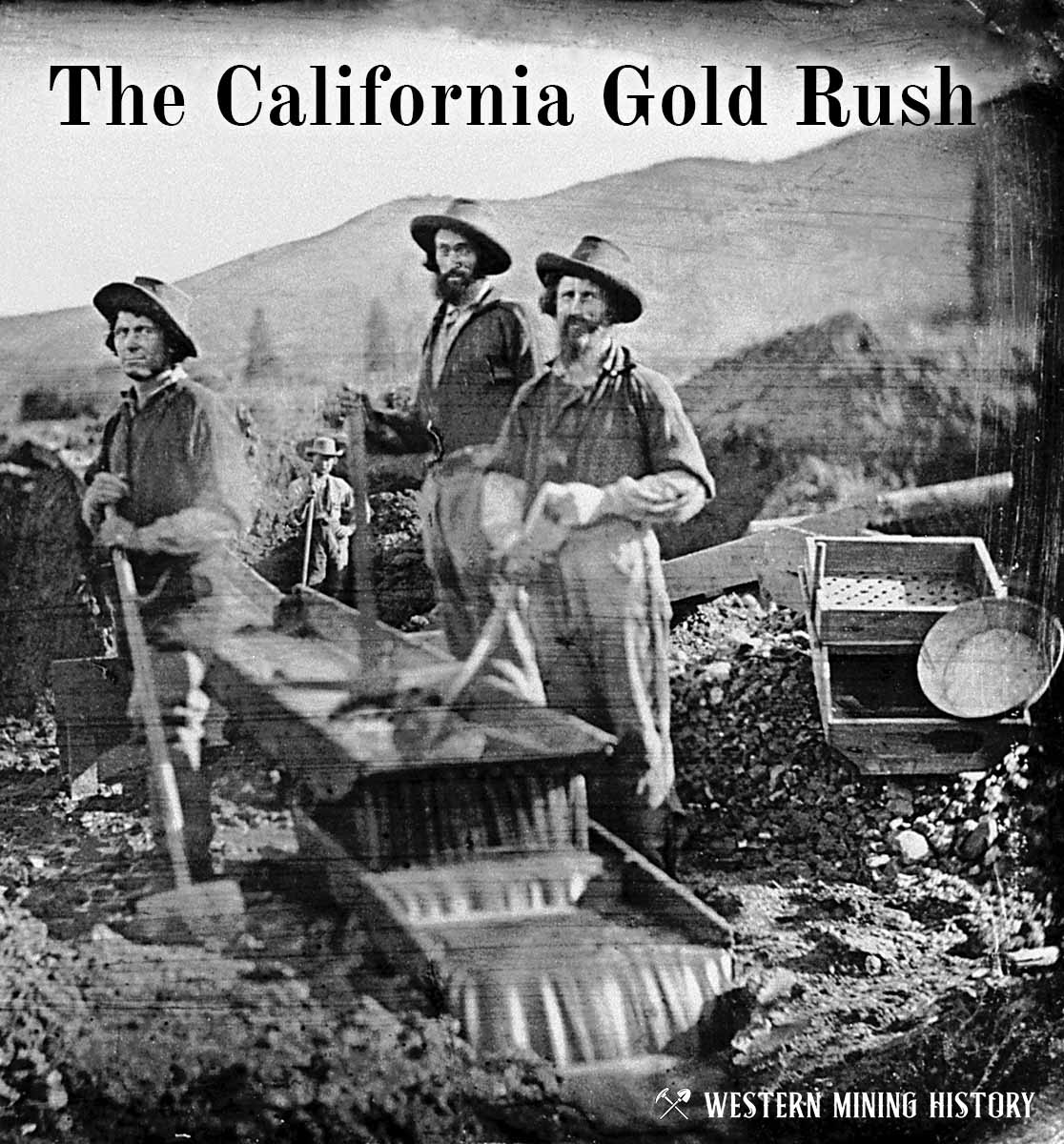
The great California Gold Rush kicked off the entire saga of western mining. Read about it at The California Gold Rush.
California Gold
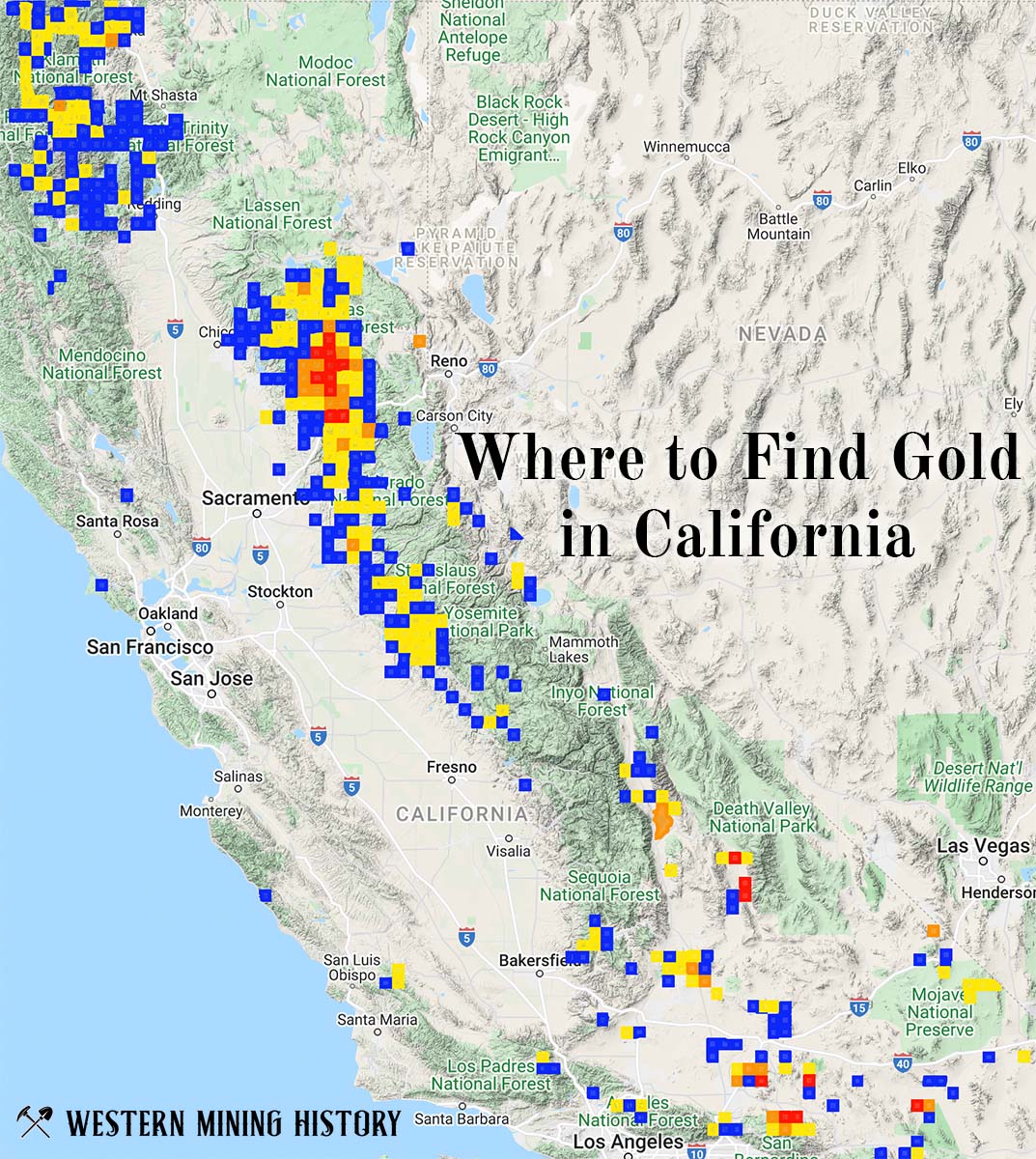
"Where to Find Gold in California" looks at the density of modern placer mining claims along with historical gold mining locations and mining district descriptions to determine areas of high gold discovery potential in California. Read more: Where to Find Gold in California.
